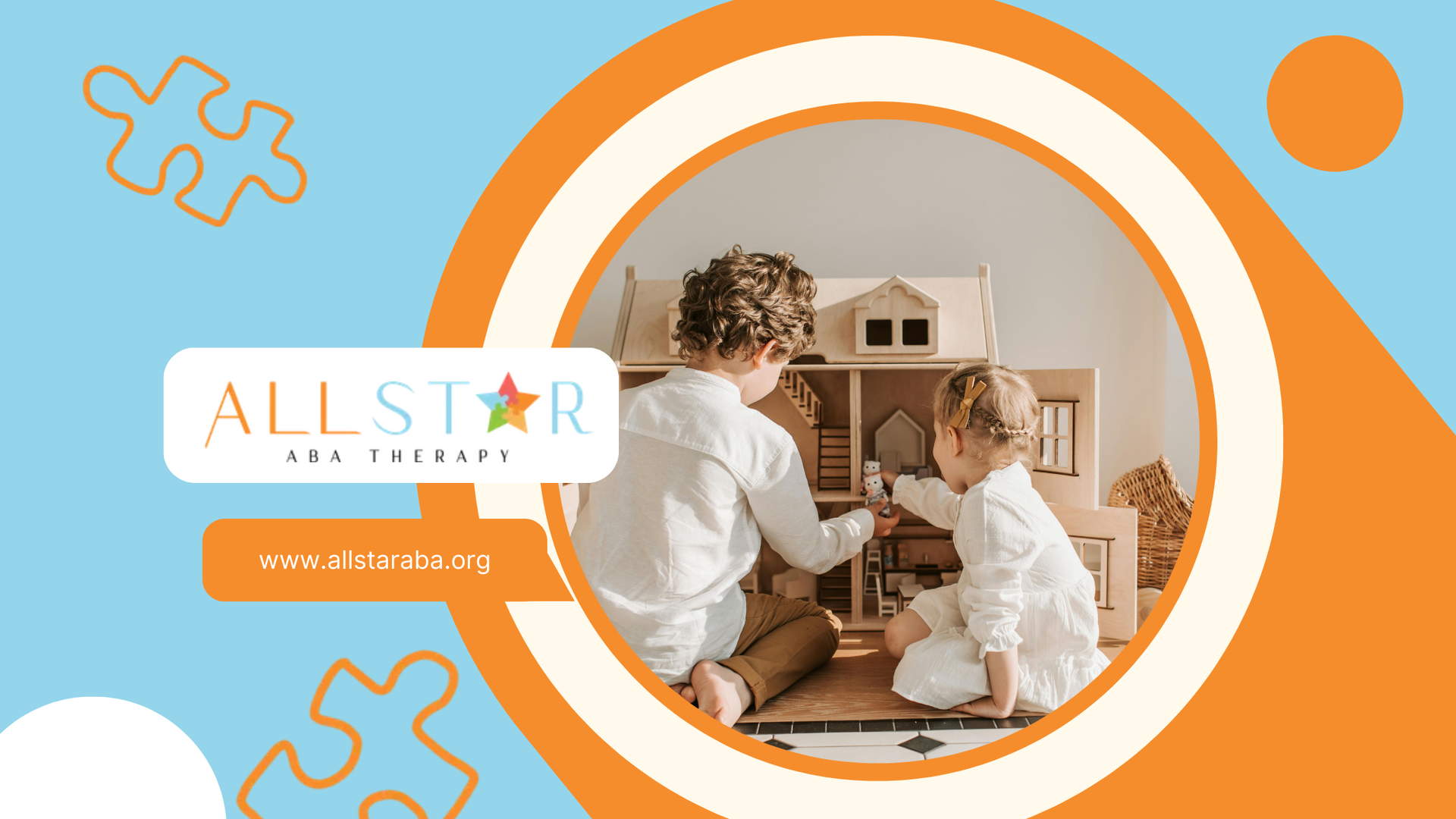New Paragraph
What Is Negative Reinforcement in ABA? Clear Examples & Meaning
Negative reinforcement is often misunderstood, but in Applied Behavior Analysis (ABA), it plays an important and positive role. Negative reinforcement happens when a behavior results in the removal of something unpleasant, making that behavior more likely to occur again. It is not the same as punishment, which aims to decrease a behavior. Instead, negative reinforcement helps strengthen useful or adaptive actions.
For example, if a child puts on headphones to reduce overwhelming noise and the noise goes away, the child is more likely to use headphones again in the future. The unpleasant experience is removed, so the behavior (using headphones) increases. This teaches children effective ways to cope with sensory overload or discomfort.
In ABA therapy, negative reinforcement is used thoughtfully to help children learn how their actions can improve their environment. It may involve reducing a demand once a child communicates appropriately or offering breaks when a child uses calm words instead of challenging behaviors.
At All Star ABA, we focus on ethical, supportive teaching strategies—including appropriate use of negative reinforcement—to help children build confidence, independence, and meaningful communication skills.
Frequently Asked Questions
What is negative reinforcement in ABA?
Negative reinforcement means removing something unpleasant after a behavior occurs, which increases the likelihood of that behavior happening again.
Is negative reinforcement the same as punishment?
No. Negative reinforcement increases desired behavior, while punishment aims to decrease unwanted behavior.
What’s an example of negative reinforcement?
If a child covers their ears when a loud noise occurs and the noise stops, they are more likely to cover their ears again in the future.
Need Support?
We're Here to Help!
Our experienced team is ready to assist you. Reach out today to discuss how we can support your child's development and well-being.
Get started with expert ABA therapy today.








